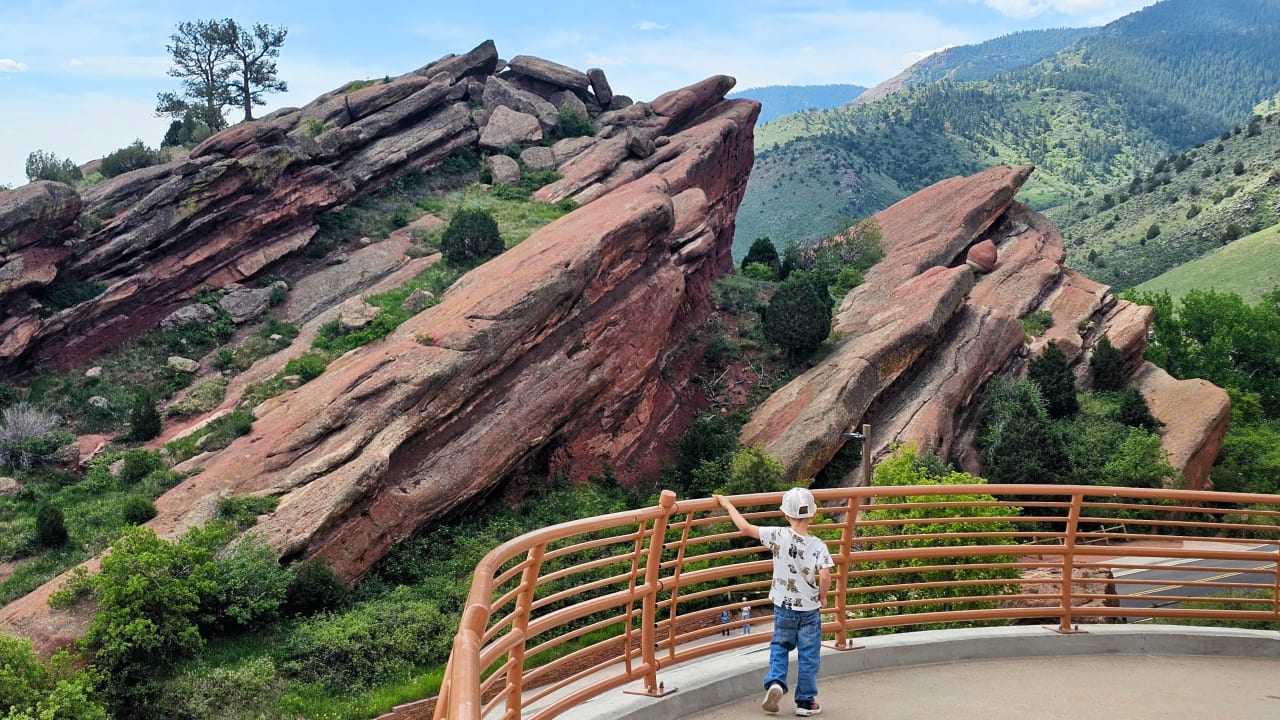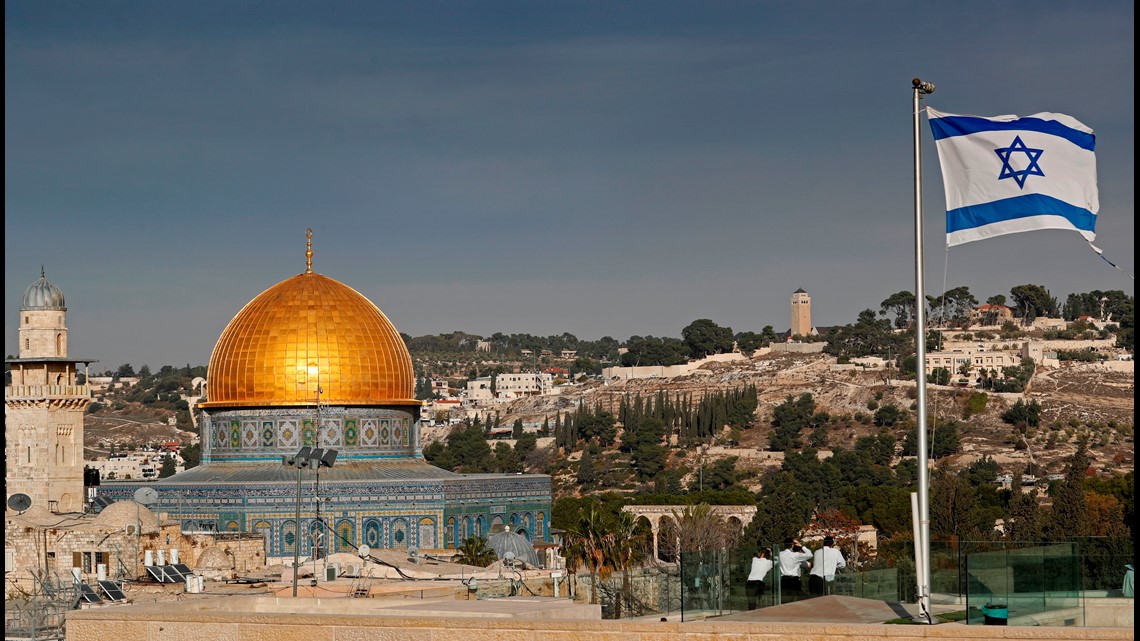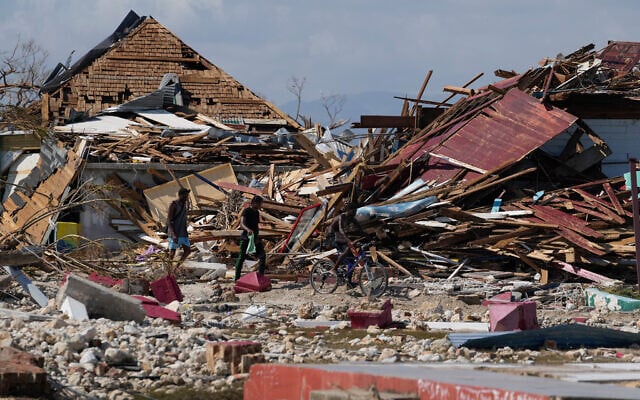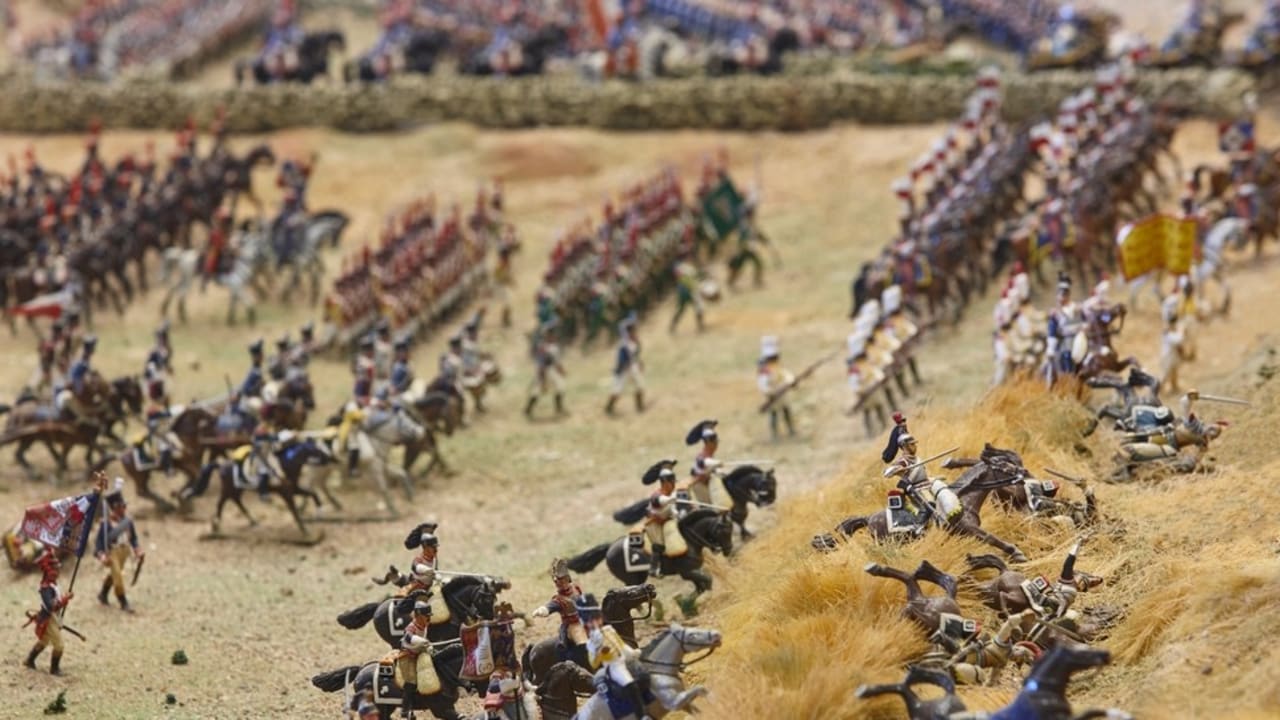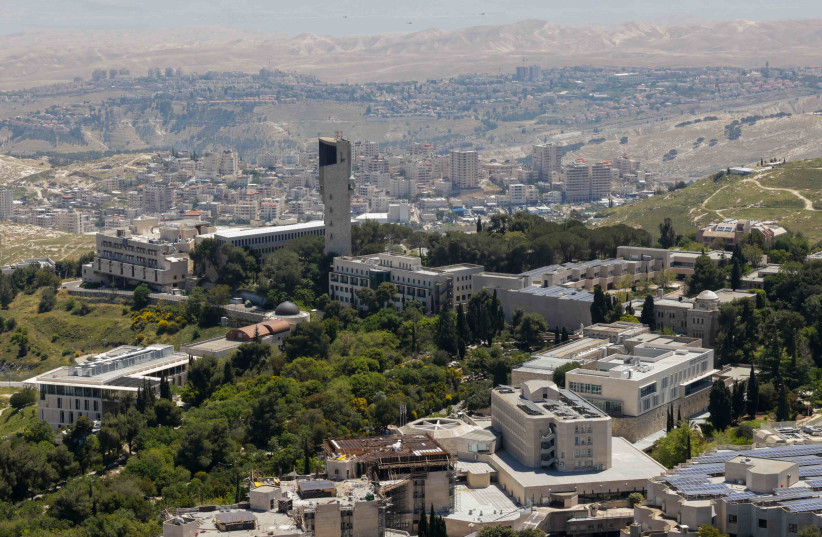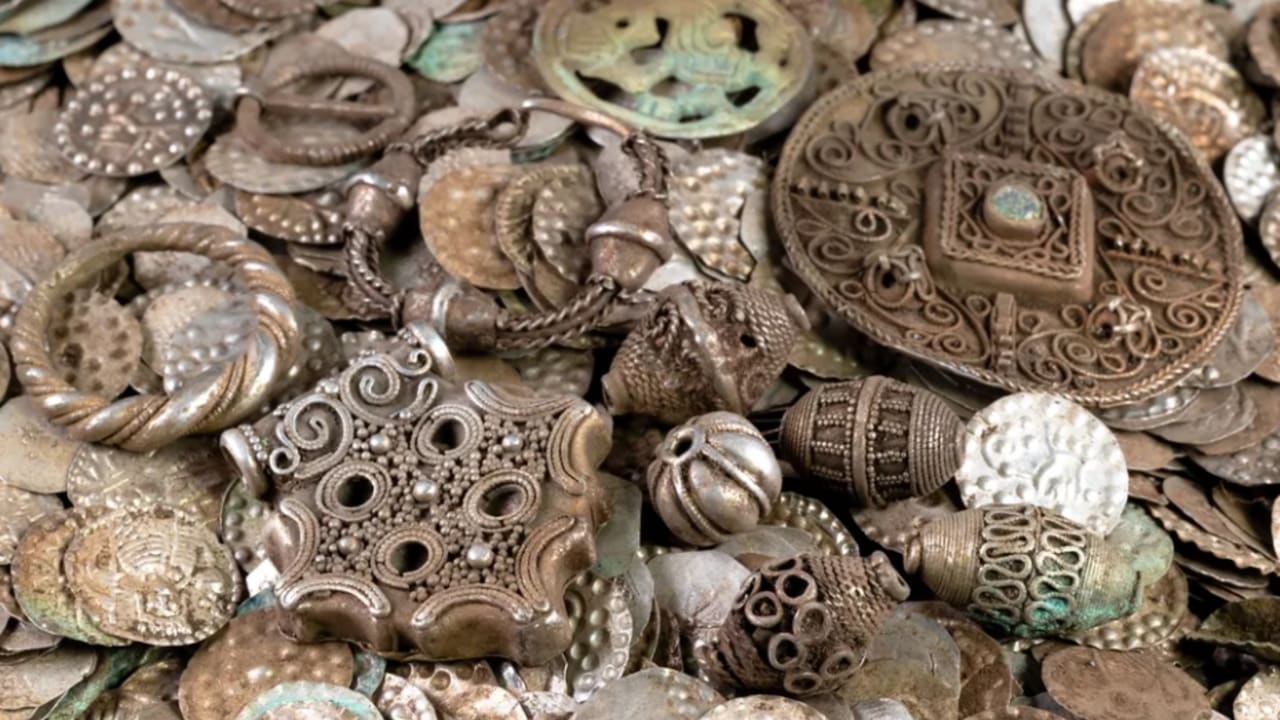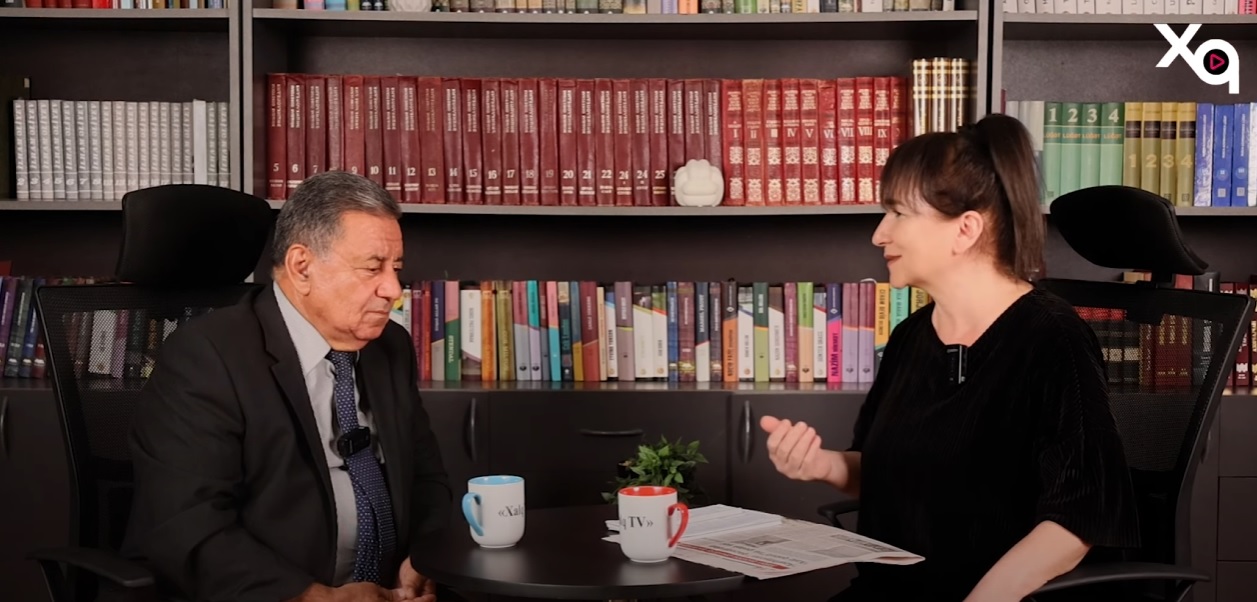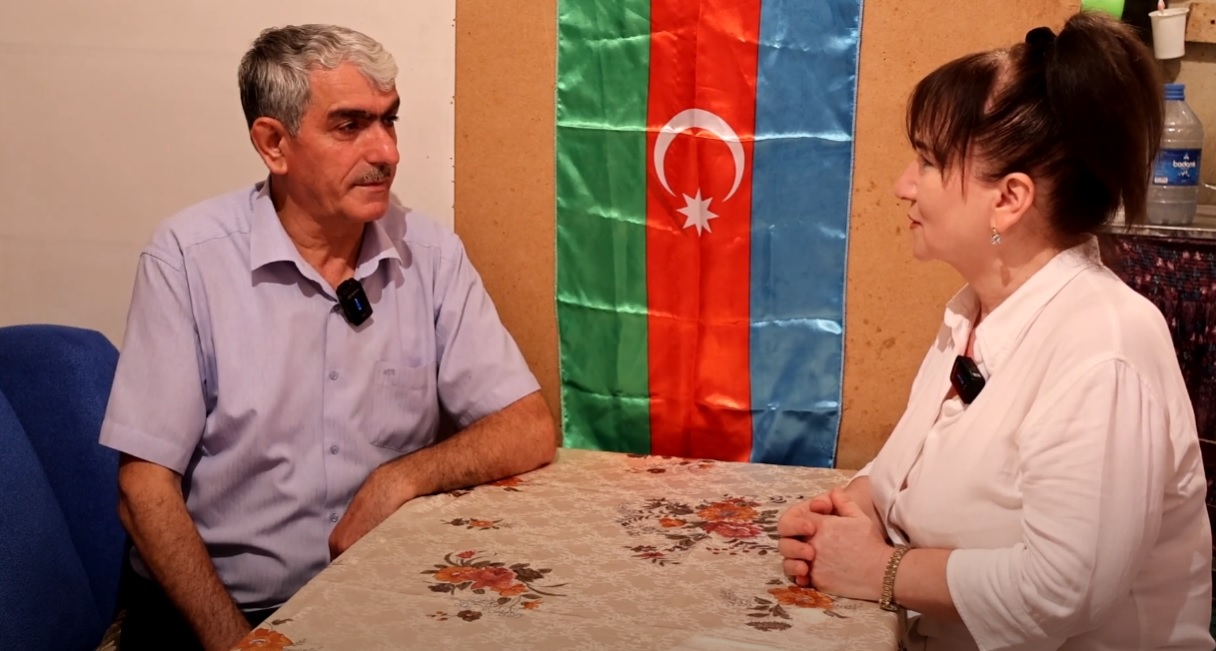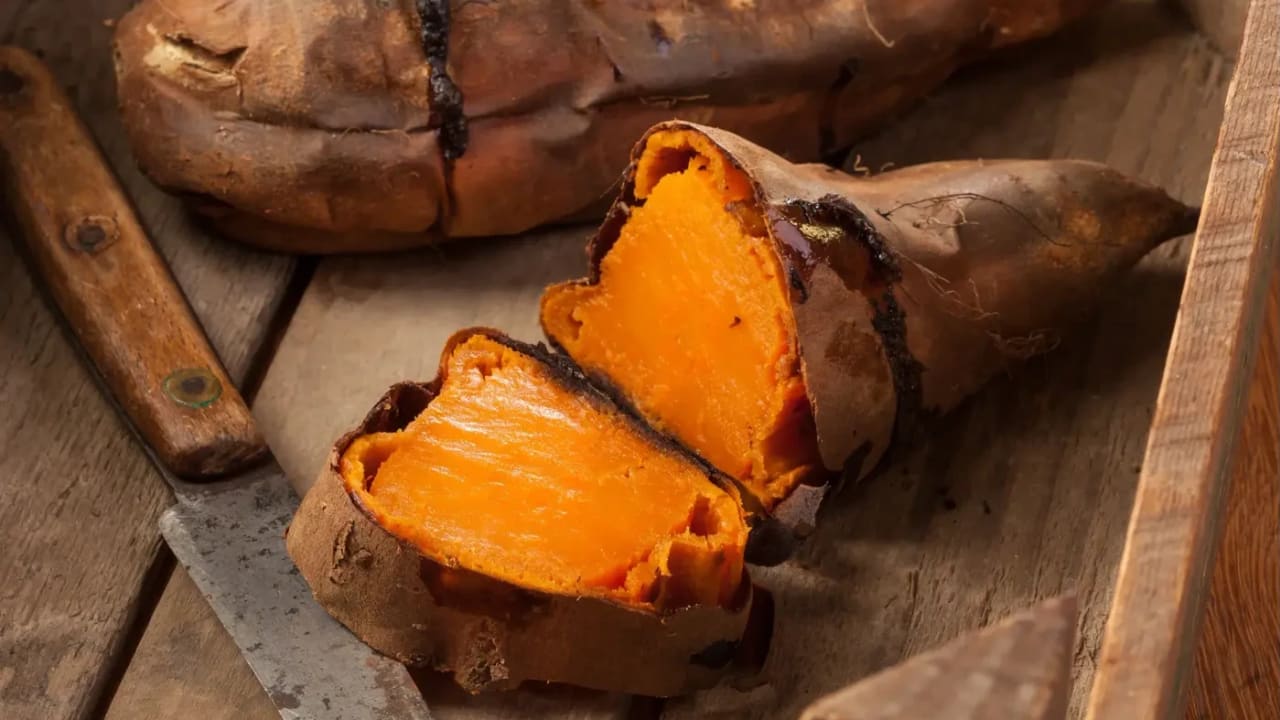Jerusalem Post
ByNOAM BEDEIN
Farming here doesn’t pay the bills; it feeds something older. It’s about self-sustenance and standing guard so the land might heal.
In the high grasslands near Beulah, Colorado – beneath the long shadow of the Sangre de Cristo Mountains – my family came to listen, witness, and learn: about nature’s quiet power to heal, about Indigenous wisdom passed down through generations, and about the resilience of people who see land not as property but as a living patient in need of care.
Driving down a warm dirt road to Carole and Charlie Poysti’s modest farm, we nearly ran over a rattlesnake basking on the sun-baked path – a reminder that here, danger and cure are neighbors. Just steps away grows the prickly pear cactus – the same plant that local healers, including the Poystis, use for rattlesnake bites. They once saved their barn cat by splitting open a cactus pad and pressing its moist insides onto the wound – a folk remedy much older than the fences that mark these fields.
Carole and Charlie are more than farmers. They are guardians – protectors of land carrying old wounds and a quiet promise of renewal. They know that this earth’s scars run deep. On another parcel of land they purchased, they drilled nearly 1,000 feet for water, only to strike salt – a bitter reminder that the past seeps through soil and stone. That past is no myth but a recorded tragedy: In 1864, Colorado volunteer soldiers led by col. John Chivington massacred around 150 Cheyenne and Arapaho people – mostly women and children – at Sand Creek, despite peace flags flying above the camp. Locals say the blood spilled here trickles underground, dissolving into the groundwater – a haunting truth that reminds every steward of this land that memory, grief, and renewal remain forever intertwined.
The Poystis’ farm embodies this fragile balance. Horses and donkeys graze; chickens wander freely; 14 goats – with Hebrew names like Simcha, Chava, and Yiska – nibble the grass. Carole milks the goat herd by hand, and we tasted her culinary creations during Shavuot: creamy goat cheeses, Charlie’s strawberry ice cream, and cheesecake – humble indulgences rooted in place and tradition.
But the therapy here goes deeper than taste. Carole told us how tending her goats helped a young girl, traumatized by gender procedures, rebuild trust in her own body. Over nine months, a bond formed between child and mother goat – proof that nature, in its gentlest forms, can cradle a wounded spirit back to life. Healing is rarely linear; it is an ecosystem of patience, presence, and care.
I know this firsthand. Animal farms usually trigger my allergies, but Carole brought out a jar of potent local honey – gathered from wild hives across this region – meant to build resilience to pollen’s sting. Even here, the land teaches: What irritates can also heal, if you know where to look.
Water, too, is the unseen lifeline – and quiet threat. The Poystis drilled deep into the Denver Basin aquifer to sustain their goats and gardens; but beneath these plains, the water isn’t always sweet. Neighbors speak of brackish wells, “tainted with old salt”; or, as some say, the “tears of forgotten homesteads.” Droughts, mild winters, and swarms of grasshoppers – hatched from thawed eggs – remind us how delicate this balance truly is.
Farming here doesn’t pay the bills; it feeds something older. It’s about self-sustenance and standing guard so the land might heal. Most of the farmers we met are over 80 years old. How much longer can they hold these spaces open before age and economics force them to yield? As guardians, Carole and Charlie stand watch – for the land, the water, and the spirit of a place once scarred by conflict.
One evening, as the sun dipped behind the Sangre de Cristo Mountains, we spotted a herd of pronghorn – swift, ghostlike creatures, whose ancient lineage makes them distant cousins of the giraffe – roaming free across the endless plains. They were a living symbol of survival and belonging in a harsh yet sacred land.
It makes perfect sense that Carole and Charlie, who tend this land like kin, are also deep lovers of Israel – its soil, its people, its story. For them, Israel is not just headlines but a living landscape of memory and renewal, much like these grasslands – scarred by history yet brimming with quiet hope.
They see the bond between Indigenous wisdom and this land the same way they see Israel’s bond to the Jewish people: a connection rooted not in ownership but in guardianship. Just as native traditions here teach reverence for every plant, stone, and stream, the Poystis cherish Israel’s ancient relationship to land – a heritage of exile and return, of tending dry soil until it blooms again.
In their fields, in the echo of old wells and the hush of grazing goats, you feel that unspoken vow: to stand watch, to heal what was wounded, to protect what can still flourish.
Fruita: A river runs through it
Where the Colorado River’s journey begins beside community
From the healing lands of Beulah, our journey carried us west to Fruita – one of the first towns where the Colorado River truly comes alive alongside people.
As a travel photojournalist and wellness tourism specialist, I look for places where nature shapes identity. Fruita, Colorado – nestled in Mesa County – is one of those rare towns where culture, conservation, and community all flow from the same source: the Colorado River.
Home to about 14,000 residents, Fruita is the first significant community situated directly along the river’s early course, just west of Grand Junction. While the river’s headwaters rise in Rocky Mountain National Park, it’s here – where agriculture, ecology, and outdoor living intertwine – that the human story along this iconic waterway meaningfully begins.
We met Fruita’s mayor, Matthew Breman, who welcomed us warmly and shared his vision for an outdoor classroom along the riverfront – a space where students, artists, performers, and visitors can learn about climate resilience, Indigenous history, water science, and sustainable agriculture right on the river’s edge.
What struck me most was when Breman spoke of his family’s personal link to Israel. His son Marcus is in his third year at Tel Aviv University and received Israeli citizenship in August 2025 – a living bridge between these fertile Colorado lands and our small, resilient homeland far away. Spending time with the mayor and his wife, Catherine, at Fruita’s local community playground, surrounded by families and neighbors, I felt how deeply this town cherishes its family roots and collective spirit. In Fruita, community is not an idea – it’s lived daily in parks, markets, and river trails.
A short drive from town, the Colorado National Monument became our family’s sacred retreat. Towering monoliths, red sandstone canyons, and quiet desert trails offered moments of solitude and wonder. One golden evening, we came face to face with a bighorn sheep perched silently at the canyon’s rim as the sun slipped behind the mesas – a fleeting glimpse of how wild, ancient, and fragile this land remains.
Fruita feels alive with the river’s energy: orchards and farmers’ markets, peaches famous for their sweetness, dinosaur fossils just beyond town, and quirky celebrations like the Mike the Headless Chicken Festival – a symbol of humor and resilience.
Before leaving Mesa County, we sat in Grand Junction’s City Hall with Commissioner Bobbie Daniel, who spoke about the river’s crucial role – not just for Fruita but for all of Colorado’s West Slope. She spoke candidly of the farmers and ranchers who worry about drought, overuse, and the thirsty Front Range cities looking west for answers.
These conversations stayed with me as we traced the Colorado River’s journey – a reminder that every drop connects stories, communities, and choices that reach far beyond any single town.
Colorado wilderness (credit: NOAM BEDEIN)
Where the river leads
Denver’s water reckoning and the Colorado–Israel bridge
Leaving Fruita, we moved east toward the capital, Denver, following the river’s story into cities that depend on its flow. We settled for a few days in Denver’s suburbs and made time to stand in Boulder, on the street where, just weeks earlier, a brutal terror attack had shaken the local Jewish community.
Denver and the Front Range have long drawn water from the Colorado River and its tributaries – engineering tunnels through the Rockies to quench a booming urban corridor’s thirst. But today, that flow is under stress like never before. Climate shifts, decades-long drought, and rising populations force Colorado’s leaders to confront hard truths: how to share less water among more farms, families, and ecosystems – and how to do so without losing the river’s pulse.
In Colorado’s capital, we met stakeholders, heard farmers’ worries, and saw firsthand how distant communities – from Beulah’s guardians to Fruita’s orchardists – are bound by Denver’s decisions. Each drop flowing through urban taps begins far upstream, in snowpack, melting faster and running dry sooner.
This is where the Colorado-Israel Chamber of Commerce plays a vital role. By fostering trade, innovation, and partnerships between Colorado and Israel, the chamber acts as a bridge for practical solutions in agriculture, water conservation, and climate resilience. Co-founder and Colorado director Jeremiah Baronberg put it best:
“We’re not just talking about technology – we’re talking about communities learning from each other to steward the most precious resource we share. Israel’s hard-earned lessons on scarcity can help Colorado navigate these challenges. Together we can innovate smarter, conserve deeper, and grow more resilient.”
From drip irrigation breakthroughs to advanced water reuse, these partnerships remind us that the Colorado River’s story does not stop at a state line. Its pulse carries across oceans – connecting farmers, scientists, and families in Israel and the American West who know what it means to do more with less.
At every bend – from Beulah’s healing farms to Fruita’s riverfront classrooms and Denver’s policy tables – one truth holds: Water is not just a resource but a relationship. And relationships – like rivers – must be tended, renewed, and protected together.


